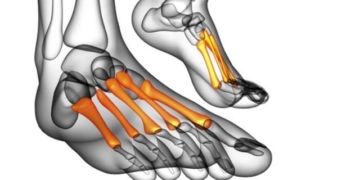Vertex lobe stroke can lead to disorientation, loss of coordination, weakness, and sensory disturbances, as well as speech and memory problems.
Essential Information About Vertex Lobe Stroke
The vertex lobe is one of the five lobes of the brain, located in the middle of the cerebral cortex, just behind the frontal lobe. The vertex lobe is a processing center for sensations that can be perceived through touch, such as temperature (hot and cold), pressure, vibration, and pain.
Like all types of strokes, vertex lobe stroke involves the rupture or blockage of blood vessels in the brain. As a result, there is a lack of continuous blood flow to the vertex lobe, leading to insufficient oxygen in that area and causing cell death, which weakens multiple sensory, visual, or speech functions, sometimes resulting in permanent complications.
|
Types of Stroke About 87% of strokes are ischemic strokes, caused by blood vessels being blocked. The remaining 13% are hemorrhagic strokes, caused by blood vessels bursting and bleeding into the brain. Additionally, there are types of strokes that are both ischemic and hemorrhagic:
|
1. Symptoms of Vertex Lobe Stroke
For most people, the left hemisphere of the vertex lobe is the language center of the brain, while the right hemisphere is responsible for cognition, calculation, and spatial orientation. Broadly speaking, the symptoms of vertex lobe stroke are determined by which hemisphere of the brain is affected.
With right vertex lobe stroke, patients may experience symptoms such as:
- Weakness on the left side of the body
- Abnormal sensations (paresthesia) on the left side of the body
- Inability to see the lower left quadrant from each eye
- Disorientation, including issues with depth perception and navigation forward and backward or up and down
- Inability to recognize objects in the left side of space
- Inability to recognize the left side of their own body
- Loss of body awareness (the ability to know where your body is positioned in the surrounding environment), leading to poor judgment about movement and balance
- Unawareness of the weakness on the left side due to the stroke
- Impulsive behavior, mania, or inappropriate behavior
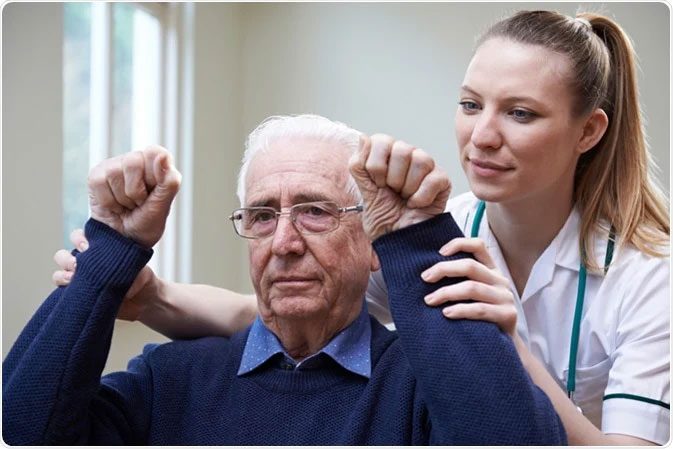
A right vertex lobe stroke can lead to loss of awareness, resulting in poor judgment regarding movement and balance (Image: ST)
With left vertex lobe stroke, patients may experience symptoms such as:
- Weakness on the right side of the body
- Paresthesia on the right side of the body
- Inability to see the lower right quadrant from each eye
- Loss of language
- Inability to perform simple calculations
- Decreased ability to read, write, and learn new information
- Unawareness of the stroke having occurred
- Difficulty, or even inability, to recognize and identify objects, people, or sounds using their senses, even when those senses are functioning normally.
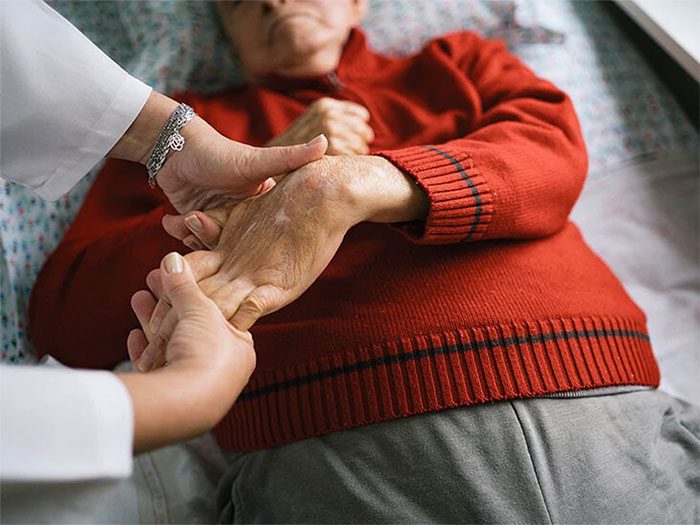
A left vertex lobe stroke will impair language and comprehension abilities (Image: ST)
Both right and left vertex lobe strokes can also lead to:
- Depression
- Memory issues
- Chronic fatigue
- A sensory disorder that prevents you from identifying objects by touch. This often occurs if the back of the vertex lobe is damaged.
In addition to the above symptoms, vertex lobe stroke can also cause some rarer symptoms such as facial drooping or paralysis of the arms or legs, Gerstmann syndrome (inability to write, calculate, identify fingers, or differentiate between left and right), and loss of motor function—meaning the inability to perform movements on command.
How to Help Recognize If Someone is Having a Stroke
BEFAST is an acronym commonly used to describe stroke symptoms to someone, specifically:
Balance: Sudden loss of balance on one side
- Eyes: Sudden changes in vision
- Face: Drooping on one side of the face
- Arm: Weakness, paralysis, or loss of sensation in one arm
- Speech: Slurred or impaired speech and language understanding
- Time: The golden time to quickly call for emergency assistance
2. Causes of Vertex Lobe Stroke
A stroke occurs when the blood supply to a part of the brain is interrupted. It can be due to a ruptured blood vessel (hemorrhagic stroke) or a blocked artery (ischemic stroke). The sudden lack of blood flow causes the brain to lose oxygen and essential nutrients, leading to tissue death within minutes.
A vertex lobe stroke occurs when one or more blood vessels supplying blood to the vertex lobe bleed or become blocked. The vertex lobe receives blood from three sources: the middle cerebral artery, the anterior cerebral artery, and the posterior cerebral artery.
The risk factors for vertex lobe stroke are not different from those of other types of strokes. They include:
High blood pressure
- Obesity
- High cholesterol
- Diabetes
- Smoking
- Lack of regular exercise
- Alcohol consumption
- Consumption of processed red meat
- Previous transient ischemic attack (TIA)
- Family history of stroke
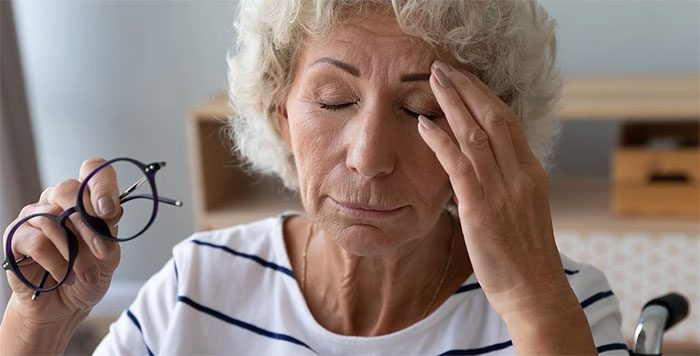
A vertex lobe stroke occurs when one or more blood vessels supplying blood to the vertex lobe bleed or become blocked (Image: ST)
3. Complications of Vertex Lobe Stroke
The impact of vertex lobe stroke can often be severe in older adults, particularly those with cognitive, sensory, and motor issues.
A common complication in older adults with vertex lobe stroke is delirium, a sudden change in the brain that causes confused thinking and decreased awareness of the surrounding environment.
According to a 2017 study published in the journal Stroke, individuals with vertex lobe stroke are at more than double the risk of delirium compared to those with other types of strokes.
When vertex lobe stroke occurs in the right hemisphere of the brain, the loss of awareness of the left side can contribute to a loss of organized thinking. Without methods to control this sensation, a person may become increasingly confused, unfocused, and fragmented in their thoughts.
4. Treatment and Rehabilitation After Vertex Lobe Stroke
Treatment for vertex lobe stroke is divided into initial treatment and rehabilitation treatment after the stroke.
The initial treatment for vertex lobe stroke aims to save the patient’s life and limit any brain damage caused by the stroke. This may include:
- Administering a blood-thinning agent called tissue plasminogen activator (TPA) to improve blood flow to the brain. Another blood thinner called heparin may be used in cases of ischemic stroke if brain hemorrhage has been definitively ruled out.
- Blood pressure, blood sugar, fluids, and electrolytes will also be monitored to give the brain the best chance to recover.
- Surgery to relieve pressure and reduce the risk of brain damage.
After a stroke, most people will undergo physical therapy, including physical and speech therapy to help restore function and learn adaptive strategies for performing daily tasks.
Some important considerations when helping a patient recover from vertex lobe stroke:
Patients with vertex lobe stroke often experience more severe negative emotions, such as anger, sadness, anxiety, and depression. Therefore, patients may need psychological treatment.
Patients with vertex lobe stroke often have decreased awareness of their surroundings and may be unable to fully participate in rehabilitation and physical therapy. Thus, consistent support from family and healthcare professionals is essential.
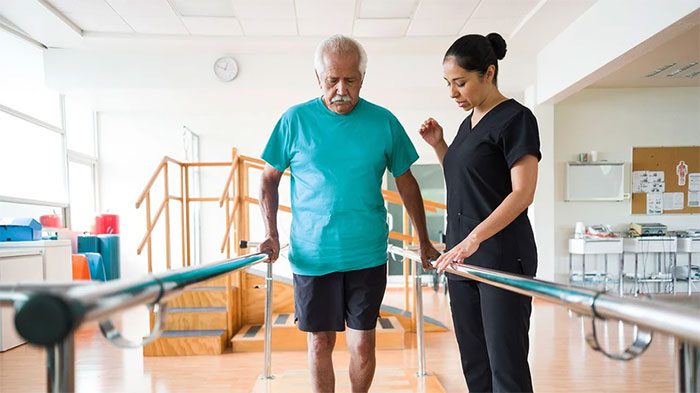
Recovery after a stroke in the apex region requires collaboration between family members and health care professionals (Image: ST)
5. Can Apex Stroke Be Prevented?
Like other types of strokes, there is no way to completely prevent an apex stroke; however, you can minimize your risk by making lifestyle and dietary changes:
- Quit smoking if you are addicted to tobacco
- Avoid alcohol consumption
- Engage in regular exercise through activities such as running, swimming, cycling, etc.
- Establish a healthy diet, prioritizing foods such as fruits, vegetables, fish, nuts, and eggs, etc.
- Manage health conditions such as obesity, diabetes, and high blood pressure, etc.
In summary, everyone should pay attention to the signs of a stroke to minimize complications arising from it. You should consult with your doctor to receive advice tailored to your health condition.


















































